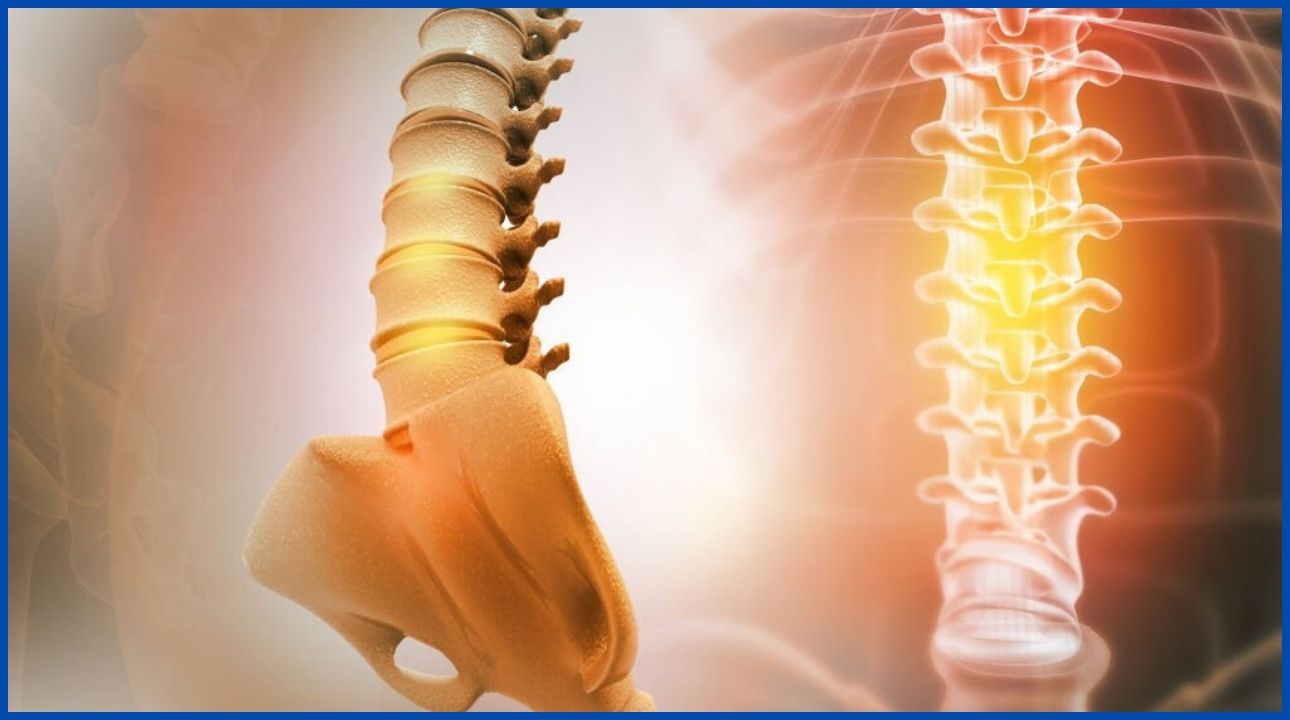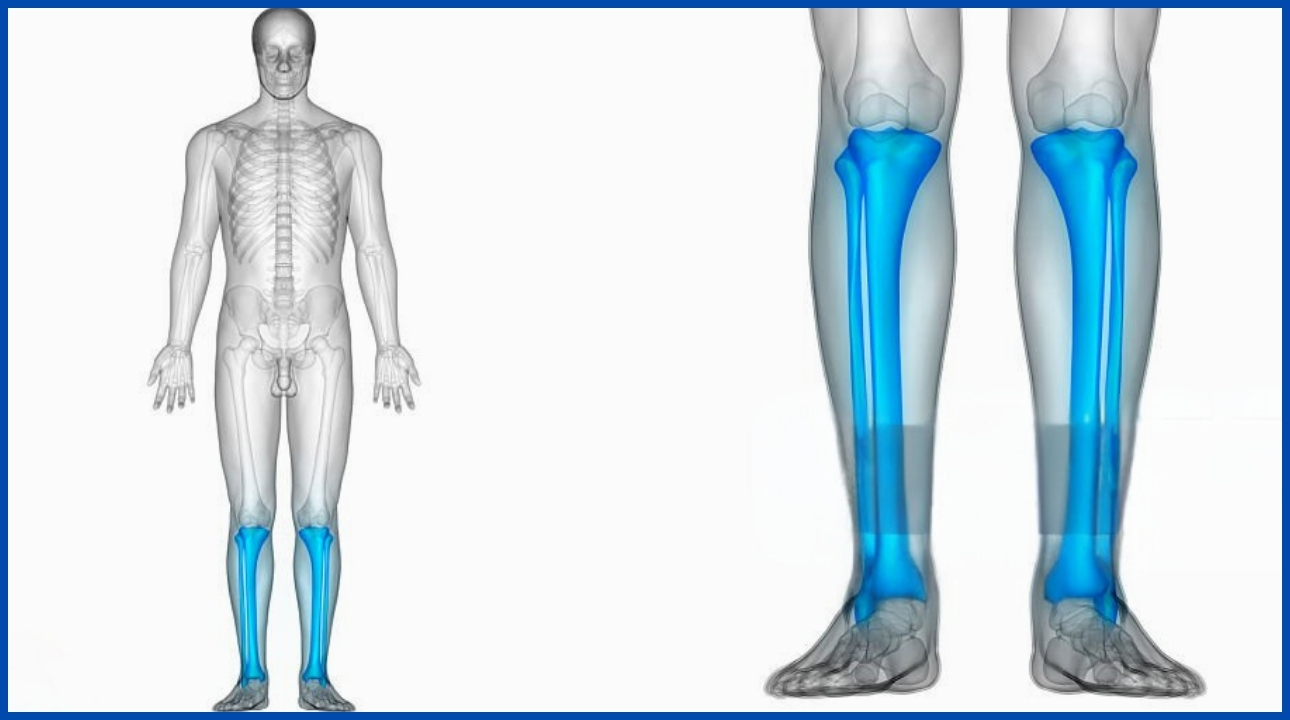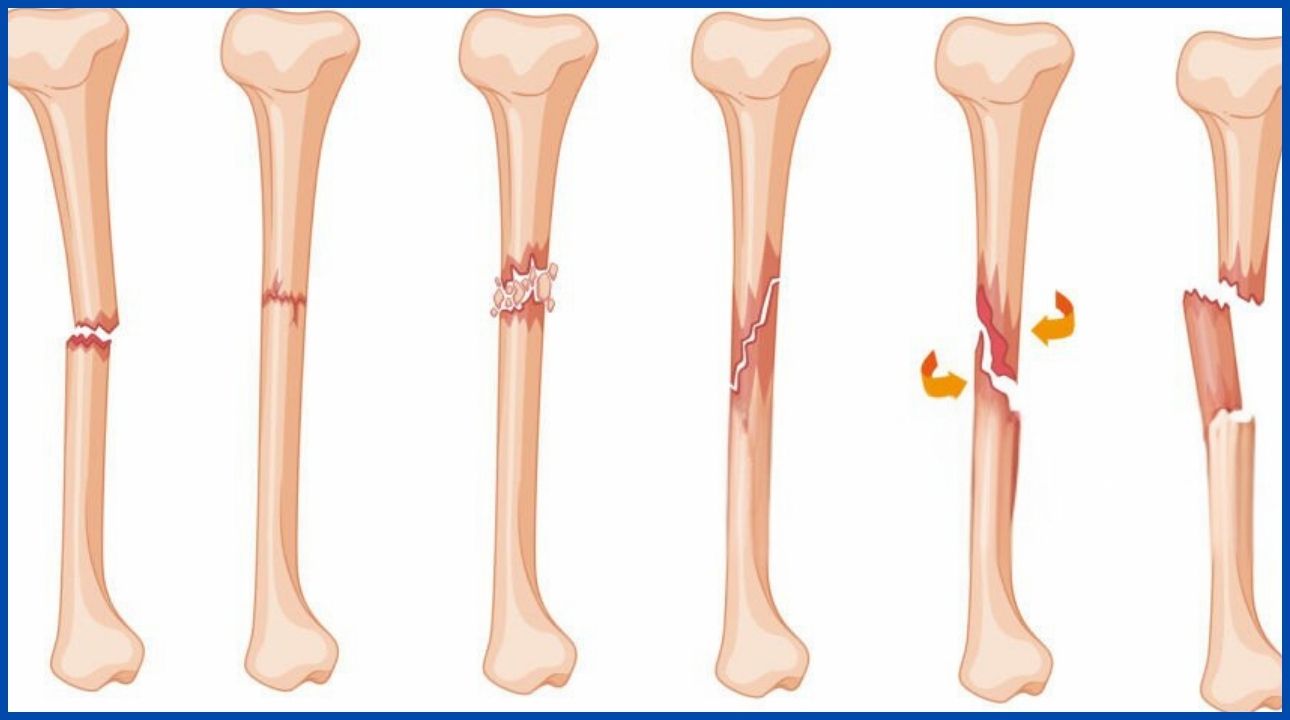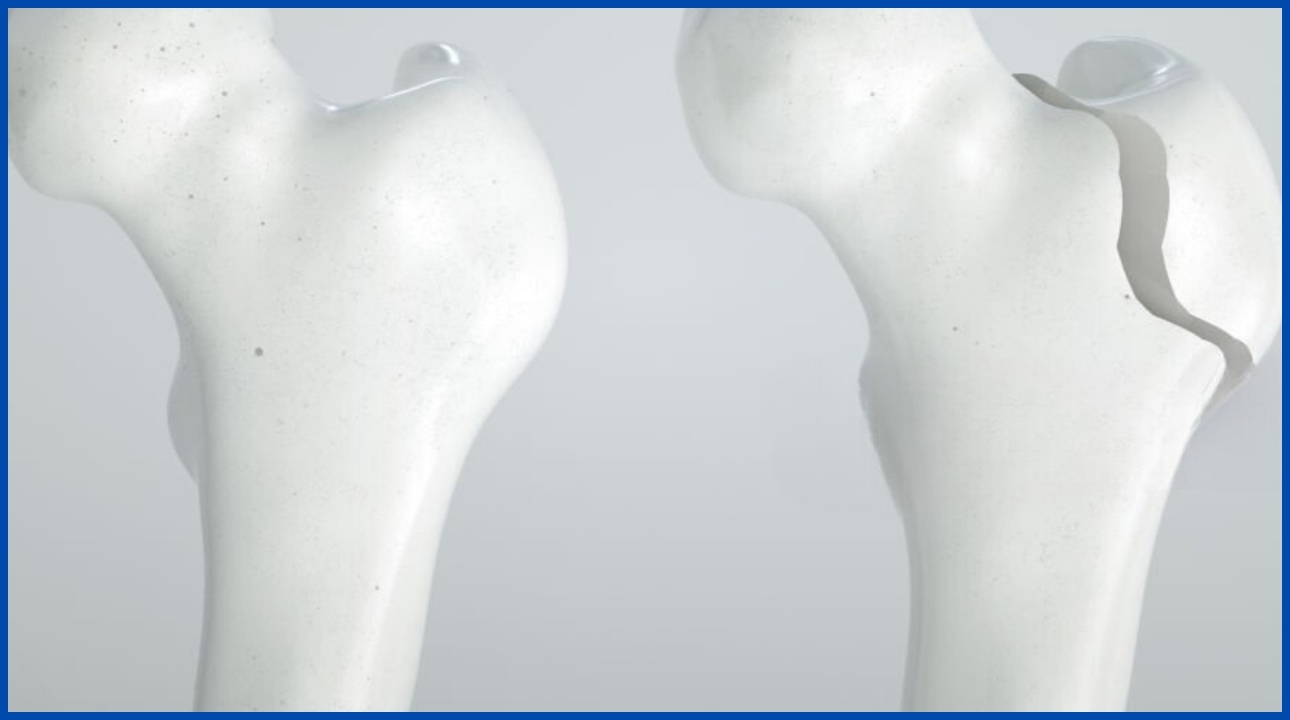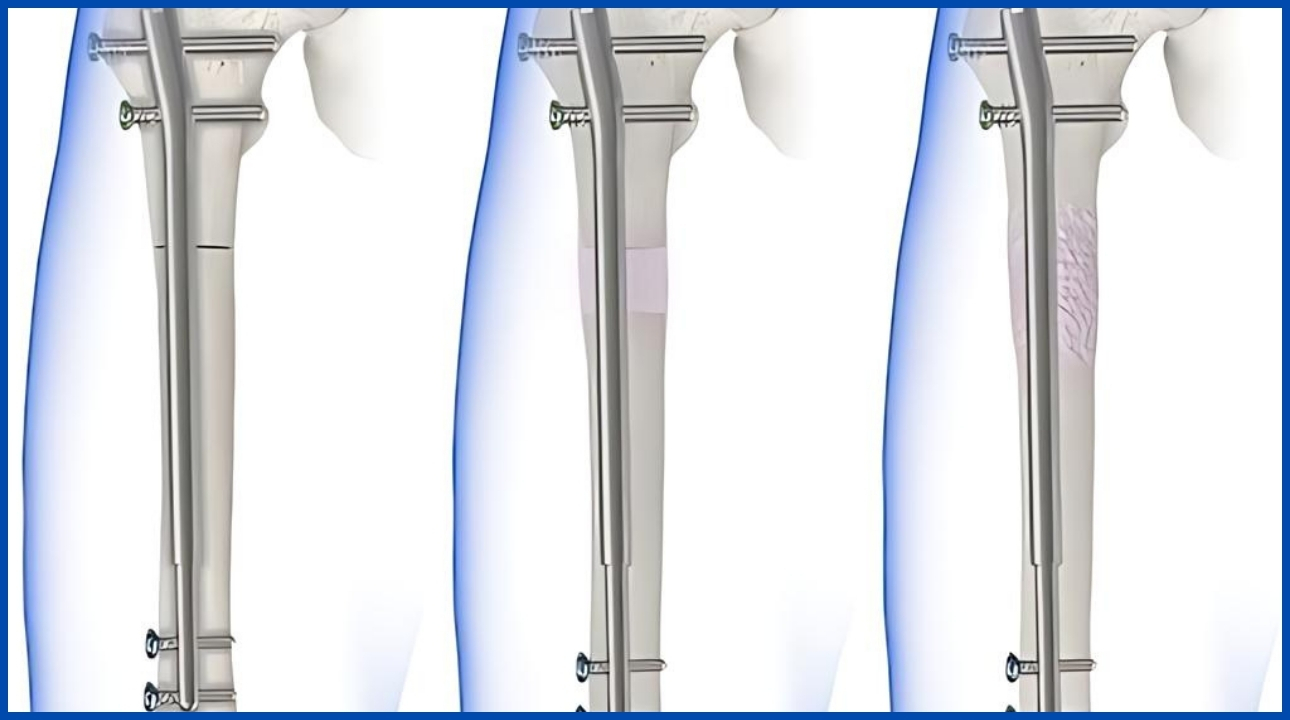
Blog
Transforming Joint Health: Orthopedic implants have revolutionized life for individuals facing joint issues. Our blog delves into the essential role these implants play in joint replacement surgery, covering various types, materials, and how orthopedic innovations restore joint function and reduce pain, significantly enhancing quality of life.
The Role of Orthopedic Implants in Joint Replacement Procedures
Orthopedic implants are advanced devices placed within the body to restore normal joint function by replacing damaged components, including cartilage, bone, and ligaments, with synthetic materials that mimic natural movement. These implants aim to improve quality of life by reducing pain and restoring joint mobility.
In joint replacement surgery, orthopedic implants are critical in providing support, stability, and mobility, alleviating pain, and ensuring comfort for those with joint issues. Designed for longevity, they endure everyday activities for years, sometimes decades.
Types of Orthopedic Implants
Different types of orthopedic implants are available, each tailored to address specific joint concerns:
- – Total Joint Replacement Implants: These implants completely replace a joint with an artificial substitute and are often used in hip and knee replacements. Made from metal, ceramic, or a combination, these implants aim to restore joint function fully.
- -Partial Joint Replacement Implants:Designed to replace only the damaged part of the joint, these implants are common in shoulder and finger replacements, offering targeted relief and improved mobility.
- -Resurfacing Implants:Used to repair only the affected joint surface, often in hip resurfacing, these implants help restore durability and function.
- -Reverse Shoulder Implants: For severe shoulder conditions, these implants change the shoulder’s anatomy, allowing the deltoid muscle to lift the arm instead of relying on the rotator cuff, providing a unique solution for challenging shoulder issues.
Knee Implant Varieties
- -Metal on Plastic:The most common type, featuring a metal component atop a polyethylene spacer. Though durable and cost-effective, these may cause immune reactions due to wear particles, though recent advancements have reduced this risk.
- -Ceramic on Plastic:An option for those sensitive to metals, this uses ceramic on a plastic spacer, carrying similar wear risks as metal-on-plastic.
- -Ceramic on Ceramic: Made entirely from ceramic, these implants reduce adverse reactions but may occasionally produce squeaking sounds and, in rare cases, may shatter under heavy pressure.
- -Metal on Metal:Once used for younger, active individuals, these implants are now less common due to concerns about metal entering the bloodstream, potentially causing inflammation or organ damage.
Designing Implants
Although the knee is often compared to a hinge, its movement is complex. In a healthy knee, ligaments control motion, providing stability. Modern knee implant designs strive to replicate this complexity, offering options that either preserve or replace the patient’s natural ligaments. With over 150 knee implant designs available, patients have a range of options, although no one brand or design is proven superior.
Materials Used in Orthopedic Implants
Orthopedic implants are made from a variety of materials, each offering unique advantages:
- -Metal:Known for durability, metal is common in joint replacements but may cause toxicity in some patients.
- -Ceramic:Highly biocompatible, ceramic minimizes allergic reactions and is known for its longevity.
- -Polyethylene:This strong plastic offers durability, though it can wear down over time, potentially affecting implant longevity.
Conclusion
Orthopedic implants have transformed joint replacement surgery, playing a crucial role in enhancing mobility and reducing pain for individuals with joint issues. These innovations contribute significantly to patient comfort and well-being, enabling them to regain active lifestyles with improved joint function.
Other Blog
Stay Connected
We're here to assist you! If you have any questions or need information about the products available on our website, please don’t hesitate to reach out.
Join the Conversation
Subscribe to our newsletter and follow us for updates and offers. We’d love to stay in touch!
Location
- Plot No. 1/2, 2&3, Survey No. 605, JD Industrial Area -1 Ravki - Makhavad Road, Ravki, Rajkot, Gujarat - 360 004



